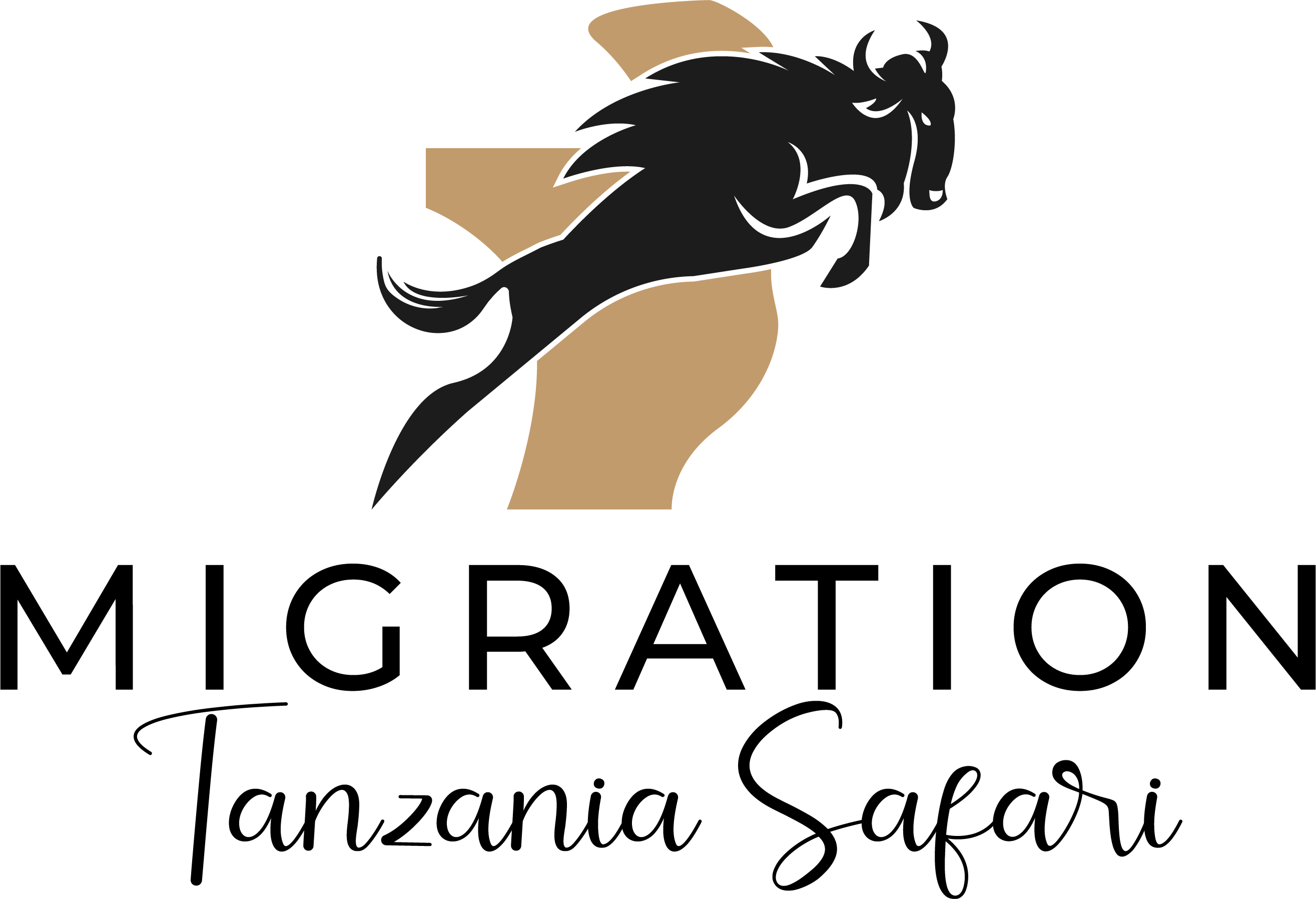MT Safaris stands for Migration Trail Safaris. There is nothing I am more passionate about than the Great Migration that takes place yearly throughout Tanzania as over 2 million animals cover a distance of around 800 km following the lush green grasses left behind by the rain.

When people talk of the Great Migration they often refer to the wildebeest migrations that sees hundreds of thousands of Wildebeest traverse the Serengeti in a clockwise direction following the rains and the lush plains these leave behind.
However, it isn’t just wildebeest that go on an epic journey. Over 2 million animals, including 300,000 zebras and a whole assortment on antelope also undertake the journey in search of greener lands.
The migration always stays within Tanzania. Some parts of the herds may cross over to the Masai Mara in Kenya between July and October, however the large majority of the herds remain in Northern Tanzania during that period.
The Great Migration often conjures up images of the infamous and documentary worthy Mara River crossing. The Mara runs through both Kenya and Tanzania, and often, people assume incorrectly that the wildebeest are crossing from one country to the other. The river does not form a border between the countries, therefore if they start crossing in Tanzania, they end up in Tanzania!
There is also another river crossing that takes place in Western Tanzania, across the Grumeti River. The crossing may not be as spectacular, however, the drama including huge crocodiles is still very aparent.
Crocodiles can control their metabolism and heart rate going into a state of hibernation, which means, they only need to eat once or twice a year: when migration brings the 2 million animals across their river!


Zebras and Wildebeest live in symbiosis, both playing a vital role in the others survival.
For starters, Wildebeest are rather fussy eaters, only liking short grass. Zebras, luckily will eat long grass and therefore act like mowers leaving the perfect length meadow for their travelling companions.
They both work together to warn each other of impending danger. Wilderbeest have much better hearing, whilst zebras have much better eye sight.
Despite looking out for each other, around 30,000 zebras and 250,000 wildebeest die every year. This is not just from predators but also from hunger, thirst and exhaustion.
Between January and March nearly half a million wildebeest are born every year in the Serengeti. During February, 8,000 wildebeest calves come into the world every single day!
Calving happens in the area surrounding Lake Maek and Lake Ndutu where the grass is long. They will stay put here for a little while before continuing their journey North.
By giving birth en masse it means there is much higher chance of survival. Yes, it is a feasting time for predators such as lions and hyenas, however, they become quickly satiated and are unable to consume as much as if they were to give birth more sporadically.
Lastly, wildebeest calves are on their feet within a couple of minutes and able to run with the heard just 5 minutes after giving birth. It doesn’t take them long to ourrun the lions either!

